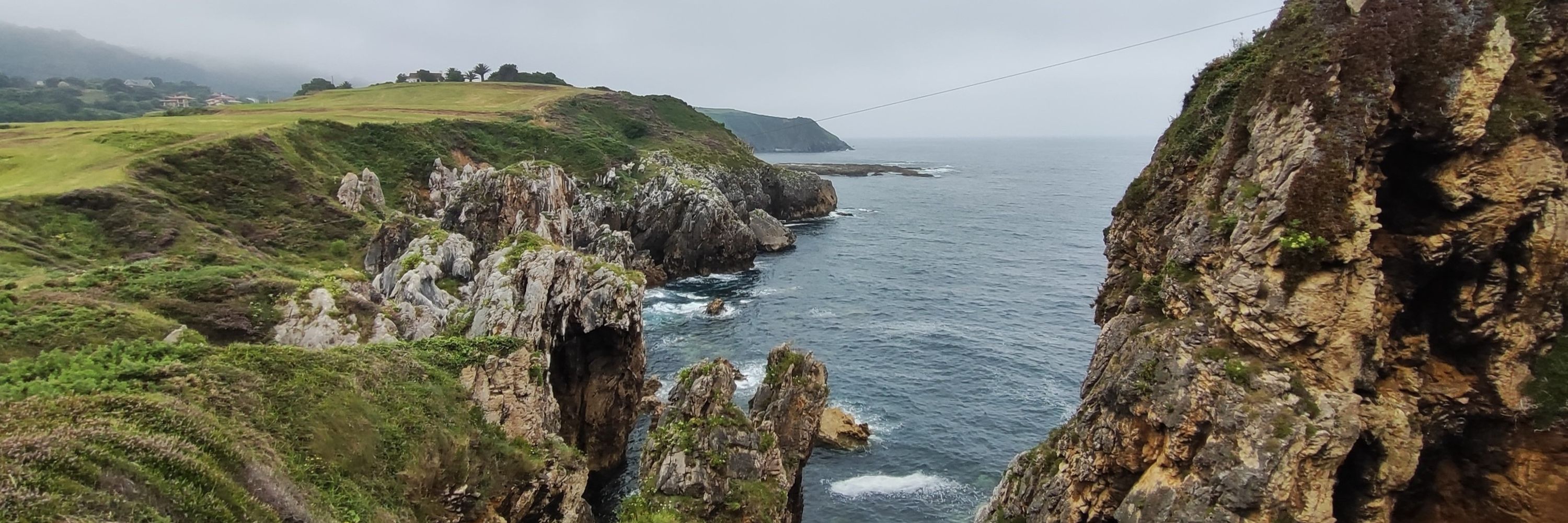
Thrilled to announce that I'm joining @thanbichlerlab.bsky.social at @unimarburg.bsky.social @synmikro.bsky.social as a postdoctoral @humboldt-foundation.de fellow. Exciting times ahead! 🥳

Thrilled to announce that I'm joining @thanbichlerlab.bsky.social at @unimarburg.bsky.social @synmikro.bsky.social as a postdoctoral @humboldt-foundation.de fellow. Exciting times ahead! 🥳
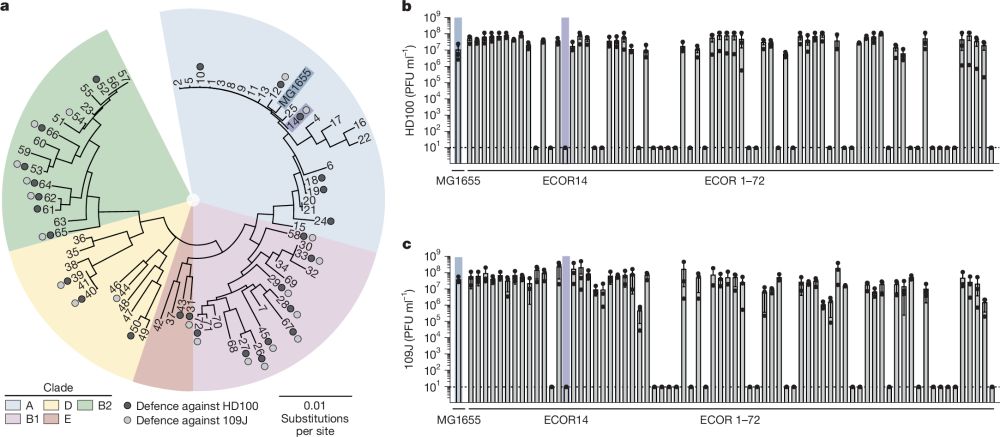
How a Biofilm’s Strange Shape Emerges From Cellular Geometry www.quantamagazine.org/how-a-biofil... via @QuantaMagazine

How a Biofilm’s Strange Shape Emerges From Cellular Geometry www.quantamagazine.org/how-a-biofil... via @QuantaMagazine
www.science.org/doi/10.1126/...
#MicroSKy #Microbiology
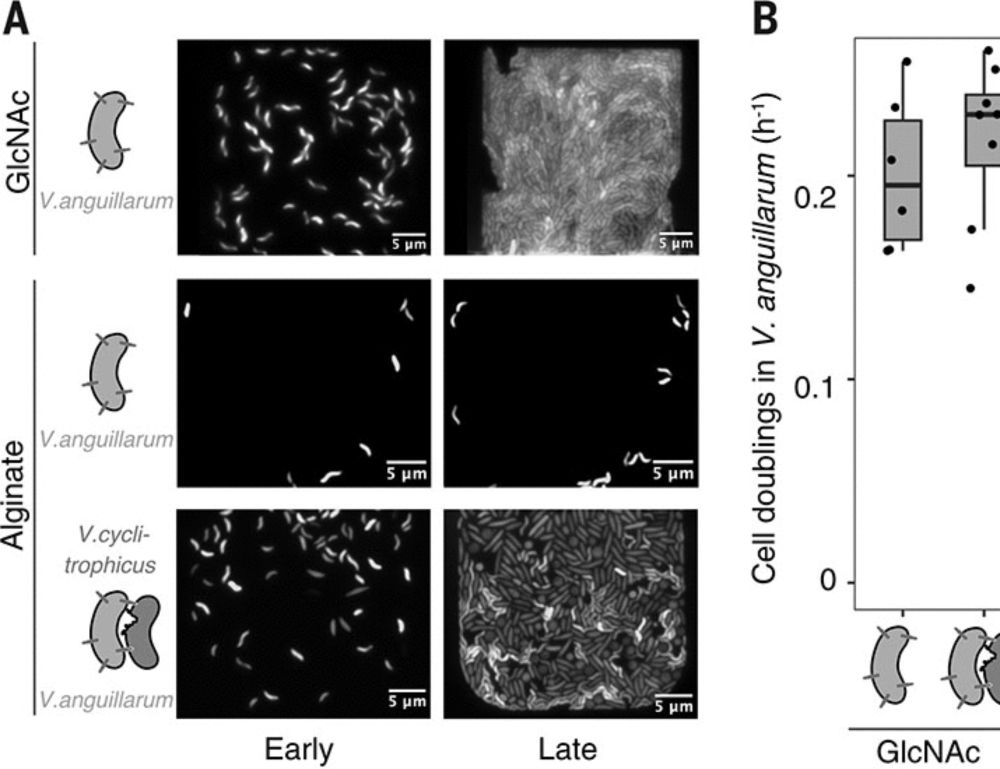
www.science.org/doi/10.1126/...
#MicroSKy #Microbiology
Huge thanks to my thesis committee @thethormannden.bsky.social @type3lab.bsky.social @icanper.bsky.social. Science, when shared and discussed with such enthusiasm tastes much better ☺️


Huge thanks to my thesis committee @thethormannden.bsky.social @type3lab.bsky.social @icanper.bsky.social. Science, when shared and discussed with such enthusiasm tastes much better ☺️
We show that filamentation enhances bacterial survival under toxic stress — not as collateral damage, but as a regulated morphological response.
TL;DR: Filamentation isn’t a symptom, it’s a strategy!
www.biorxiv.org/content/10.1...
We show that filamentation enhances bacterial survival under toxic stress — not as collateral damage, but as a regulated morphological response.
TL;DR: Filamentation isn’t a symptom, it’s a strategy!
www.biorxiv.org/content/10.1...
“𝘈𝘴 𝘵𝘩𝘦 𝘰𝘯𝘭𝘺 𝘦𝘹𝘢𝘮𝘱𝘭𝘦 𝘰𝘧 𝘣𝘢𝘤𝘵𝘦𝘳𝘪𝘢 𝘵𝘩𝘢𝘵 𝘦𝘹𝘩𝘪𝘣𝘪𝘵 𝘰𝘣𝘭𝘪𝘨𝘢𝘵𝘦 𝘮𝘶𝘭𝘵𝘪𝘤𝘦𝘭𝘭𝘶𝘭𝘢𝘳𝘪𝘵𝘺, 𝘔𝘔𝘉 𝘱𝘳𝘰𝘷𝘪𝘥𝘦 𝘢𝘯 𝘪𝘮𝘱𝘰𝘳𝘵𝘢𝘯𝘵 𝘦𝘹𝘢𝘮𝘱𝘭𝘦 𝘰𝘧 𝘱𝘰𝘴𝘴𝘪𝘣𝘭𝘦 𝘮𝘦𝘤𝘩𝘢𝘯𝘪𝘴𝘮𝘴 𝘣𝘦𝘩𝘪𝘯𝘥 𝘵𝘩𝘪𝘴 𝘱𝘳𝘰𝘧𝘰𝘶𝘯𝘥 𝘴𝘵𝘦𝘱 𝘪𝘯 𝘭𝘪𝘧𝘦’𝘴 𝘦𝘷𝘰𝘭𝘶𝘵𝘪𝘰𝘯𝘢𝘳𝘺 𝘩𝘪𝘴𝘵𝘰𝘳𝘺 𝘰𝘯 𝘌𝘢𝘳𝘵𝘩”
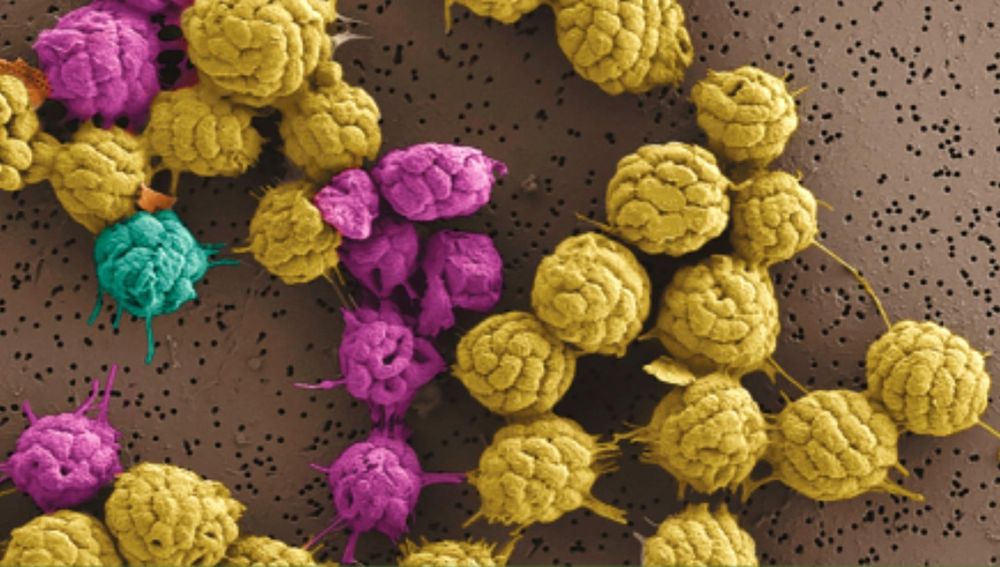
“𝘈𝘴 𝘵𝘩𝘦 𝘰𝘯𝘭𝘺 𝘦𝘹𝘢𝘮𝘱𝘭𝘦 𝘰𝘧 𝘣𝘢𝘤𝘵𝘦𝘳𝘪𝘢 𝘵𝘩𝘢𝘵 𝘦𝘹𝘩𝘪𝘣𝘪𝘵 𝘰𝘣𝘭𝘪𝘨𝘢𝘵𝘦 𝘮𝘶𝘭𝘵𝘪𝘤𝘦𝘭𝘭𝘶𝘭𝘢𝘳𝘪𝘵𝘺, 𝘔𝘔𝘉 𝘱𝘳𝘰𝘷𝘪𝘥𝘦 𝘢𝘯 𝘪𝘮𝘱𝘰𝘳𝘵𝘢𝘯𝘵 𝘦𝘹𝘢𝘮𝘱𝘭𝘦 𝘰𝘧 𝘱𝘰𝘴𝘴𝘪𝘣𝘭𝘦 𝘮𝘦𝘤𝘩𝘢𝘯𝘪𝘴𝘮𝘴 𝘣𝘦𝘩𝘪𝘯𝘥 𝘵𝘩𝘪𝘴 𝘱𝘳𝘰𝘧𝘰𝘶𝘯𝘥 𝘴𝘵𝘦𝘱 𝘪𝘯 𝘭𝘪𝘧𝘦’𝘴 𝘦𝘷𝘰𝘭𝘶𝘵𝘪𝘰𝘯𝘢𝘳𝘺 𝘩𝘪𝘴𝘵𝘰𝘳𝘺 𝘰𝘯 𝘌𝘢𝘳𝘵𝘩”
Finally out after peer review, our work showing that "Mobile #Integrons carry Phage Defense Systems" is now published in Science 🎉
Short 🧵
www.science.org/doi/10.1126/...

Finally out after peer review, our work showing that "Mobile #Integrons carry Phage Defense Systems" is now published in Science 🎉
Short 🧵
www.science.org/doi/10.1126/...
#MicroSky #PlantScience #Pseudomonas
Our new research in Nature Microbiology uncovers the sophisticated teamwork of Pseudomonas syringae, a notorious plant pathogen.
🔗 rdcu.be/egczU
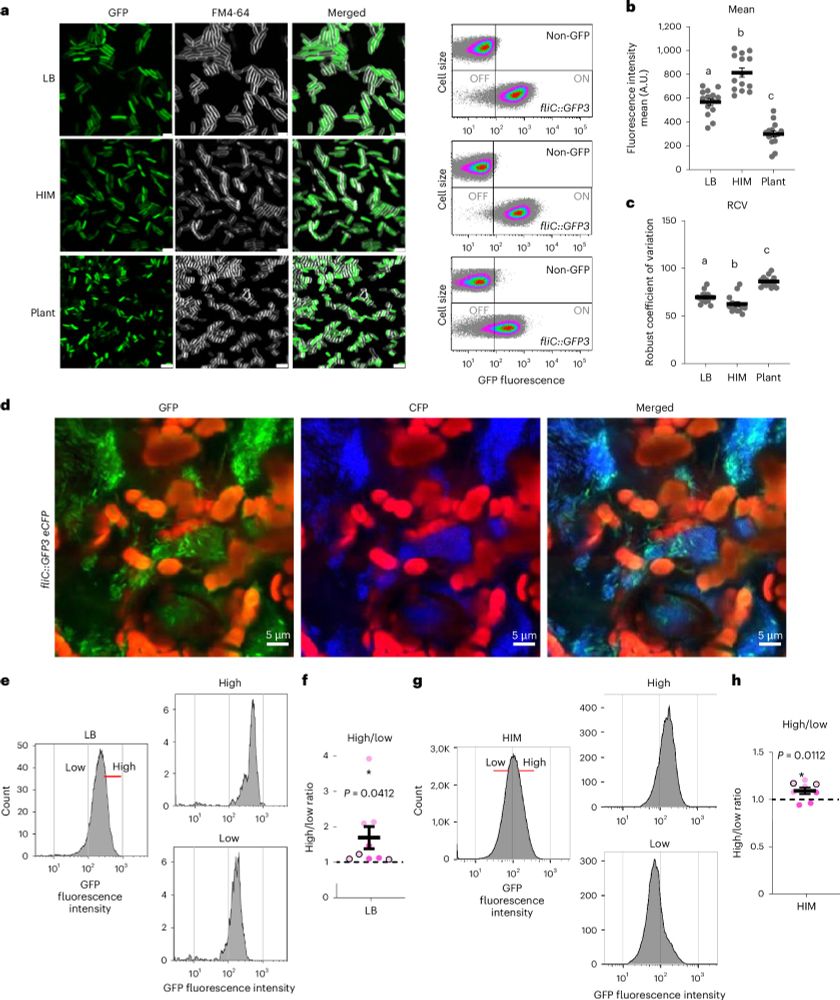
#MicroSky #PlantScience #Pseudomonas
Our new research in Nature Microbiology uncovers the sophisticated teamwork of Pseudomonas syringae, a notorious plant pathogen.
🔗 rdcu.be/egczU

the-ltee.org/history/
the-ltee.org/history/
🔗
www.biorxiv.org/content/10.1...
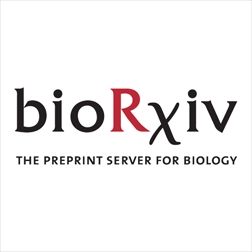
🔗
www.biorxiv.org/content/10.1...
Late as always, but I just moved from the other side. Hope you enjoy our latest work describing how FimV, FlhF and FleN regulate the polar flagella assembly in Pseudomonas putida. www.sciencedirect.com/science/arti... #MicroSky

Late as always, but I just moved from the other side. Hope you enjoy our latest work describing how FimV, FlhF and FleN regulate the polar flagella assembly in Pseudomonas putida. www.sciencedirect.com/science/arti... #MicroSky



